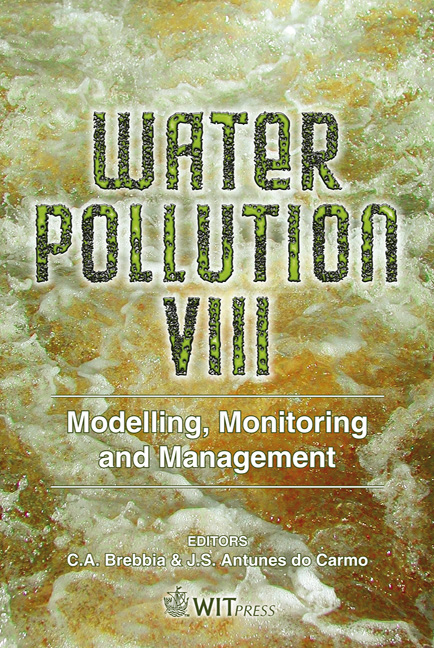Design Of A Novel Cellulose-based Adsorbent For Use In Heavy Metal Recovery From Aqueous Waste Streams
Price
Free (open access)
Transaction
Volume
95
Pages
10
Published
2006
Size
360 kb
Paper DOI
10.2495/WP060481
Copyright
WIT Press
Author(s)
D. W. O’Connell1, C. Birkinshaw & T. F. O’Dwyer
Abstract
Currently, significant metal-laden waste streams are produced from a number of industries with obvious consequences for the environment. A variety of techniques are being used to treat these wastewaters. One such technique is adsorption and recent focus in this area has been around the preparation of selective adsorbents based on naturally occurring support materials. In our work, a regenerated cellulose wood pulp was grafted with the vinyl monomer glycidyl methacrylate (GMA) and was further functionalised with imidazole to produce a novel adsorbent material, cellulose-g-GMA-imidazole. A series of adsorption studies were carried out on the cellulose-g-GMA-imidazole to assess its capacity in the separate removal of lead and nickel ions (Pb(II), Ni(II)) from aqueous solution. Cellulose-g-GMA-imidazole sorbent showed an uptake of approximately 72 mg g-1 of Pb(II) and 45 mg g-1 of Ni(II) from aqueous solution. The adsorption process in both cases followed the Langmuir model of adsorption and Pb(II) uptake occurred within 30 minutes while Ni(II) uptake was considerably slower at 400 minutes for maximum uptake. In both cases pseudo second order kinetics best describes the overall process for each metal uptake. The cellulose-g-GMA-imidazole material shows significant promise as a sorbent for the removal of both Ni(II) and Pb(II) and other heavy metal ions from aqueous and waste streams. Keywords: aqueous waste streams, heavy metals, cellulose, adsorption.
Keywords
aqueous waste streams, heavy metals, cellulose, adsorption.





